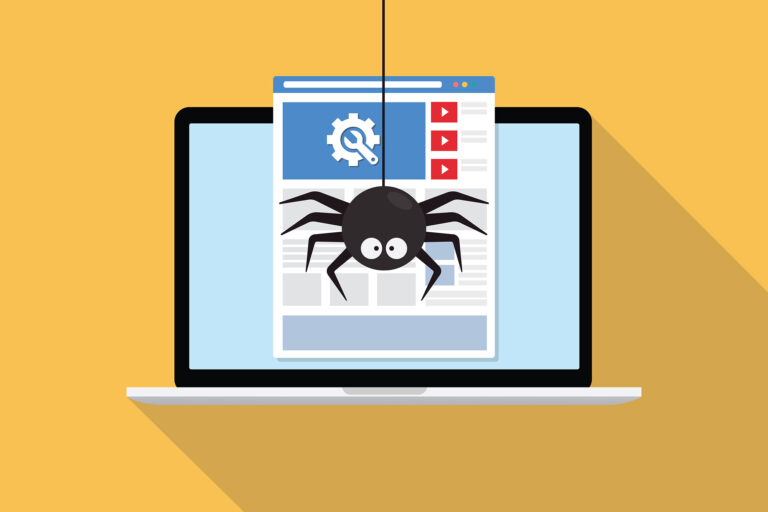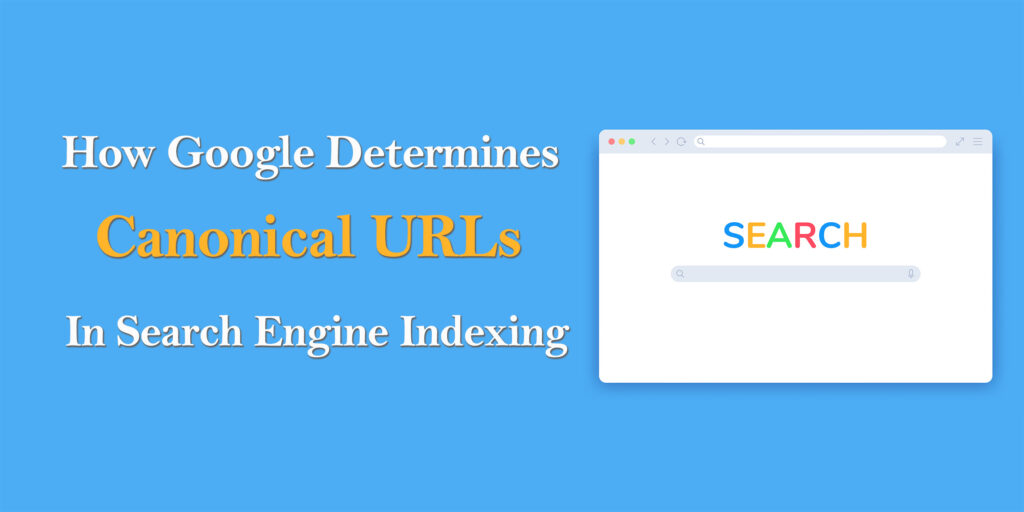In the complex world of search engine optimization (SEO), canonicalization plays a crucial role in ensuring that search engines like Google can properly index and rank web pages. Canonical URLs are a fundamental aspect of SEO, and understanding how Google decides what is canonical is essential for anyone looking to optimize their website’s performance in search results. In this article, we will delve into the concept of canonicalization, explore why it matters, and explain how Google determines canonical URLs.
1. What Is Canonicalization?
Canonicalization, in the context of SEO, refers to the process of selecting the preferred or authoritative version of a web page when multiple versions with similar or duplicate content exist. This process helps search engines understand which URL to index and rank, preventing issues such as duplicate content penalties and ensuring that the most relevant and valuable page is displayed in search results.
2. The Need for Canonicalization
The need for canonicalization arises primarily due to the dynamic nature of web content. Websites often generate multiple URLs for the same or similar content, leading to confusion for search engines. Consider the following scenarios:
All three URLs may point to the same content, but search engines might treat them as separate pages, potentially causing duplicate content issues and diluting the page’s ranking potential. Canonicalization resolves this by specifying the preferred version among these variations.
3. Google’s Role in Canonicalization
Google, as the world’s most popular search engine, actively crawls and indexes billions of web pages every day. To determine canonical URLs, Google uses a combination of methods and signals to identify the preferred version of a page.
Canonical Tags: One of the primary ways Google identifies canonical URLs is through the use of canonical tags, also known as rel=”canonical” tags. These HTML tags are placed within the page’s <head> section and specify the preferred URL for the content. When Googlebot encounters a canonical tag, it understands that the specified URL should be treated as the canonical version.
301 Redirects: Another method Google employs is the use of 301 redirects. When a webmaster permanently redirects one URL to another using a 301 status code, it indicates that the redirected URL is the canonical version. Googlebot recognizes this and indexes the destination URL while treating the source URL as a duplicate or non-canonical.
Internal Link Structure: Google also analyzes a website’s internal linking structure to determine canonical URLs. If a web page consistently links to one version of a URL more than others, it signals to Google that this version is likely the preferred one. Googlebot takes this into account when indexing the page.
User Signals: Google pays attention to user signals, such as click-through rates (CTR) and user engagement metrics, to gauge the preferred version of a page. If users overwhelmingly click on one version of a URL in search results, it suggests that this version is more valuable to users and should be treated as canonical.
Sitemap and Robots.txt: Google checks the sitemap.xml and robots.txt files of a website for information about canonical URLs. While not the primary method, these files can provide additional guidance to Google’s indexing process.
Content Analysis: Google also analyzes the content of web pages to identify duplicate or near-duplicate content. It may determine canonicalization based on content similarities and differences.
4. Factors Influencing Canonicalization Decisions
Several factors influence Google’s canonicalization decisions:
Canonical Tags: Canonical tags are one of the most explicit signals, and Google usually follows them unless there are strong conflicting signals.
Redirects: 301 redirects are a clear indicator of canonicalization, but improper or excessive redirects can confuse Google.
Internal Linking: The internal linking structure of a website plays a role in canonicalization. Consistency in internal links can help establish canonical URLs.
User Behavior: User signals are vital. If users consistently prefer one version of a URL, Google is more likely to treat it as canonical.
Domain Preferences: Google may have preferences for certain domains, such as www or non-www versions. Webmasters should ensure consistent usage.
Mobile and Desktop Versions: Google may treat mobile and desktop versions of a page differently, depending on the content and configuration.
Pagination and Sorting: For e-commerce and content-heavy websites, canonicalization can be complex due to pagination and sorting options. Proper canonicalization helps Google understand the correct page to index.

5. Common Canonicalization Mistakes
Canonicalization is a critical aspect of SEO, but it’s also an area where webmasters often make mistakes. Here are some common errors to avoid:
-
Omitting Canonical Tags: Failing to implement canonical tags on pages with duplicate content can lead to confusion for search engines.
-
Inconsistent Internal Linking: Inconsistent internal linking can send mixed signals to Google about which URL is canonical. Ensure that internal links consistently point to the preferred version.
-
Ignoring Redirects: When restructuring a website or changing URLs, failing to implement proper 301 redirects can result in lost rankings and traffic.
-
Neglecting User Experience: Overlooking user behavior and preferences can lead to Google choosing the wrong canonical URL. Pay attention to user signals in your decision-making.
-
Misusing Parameters: If your website uses URL parameters for sorting or filtering, be cautious not to confuse search engines with duplicate content. Implement canonical tags where necessary.
Conclusion
Canonicalization is a vital aspect of SEO that helps search engines like Google understand which version of a web page to index and rank. It ensures that your website’s content is correctly interpreted and displayed in search results. Understanding how Google determines canonical URLs, through methods such as canonical tags, redirects, internal linking, user signals, and content analysis, is crucial for effective SEO.
Webmasters must proactively manage canonicalization to avoid common mistakes and ensure that their preferred URLs are correctly identified. By following best practices and staying informed about Google’s evolving algorithms, website owners can optimize their online presence and improve their search engine rankings. Remember that canonicalization is not a one-time task but an ongoing process to maintain the integrity of your website’s SEO efforts in the ever-changing digital landscape.
For more information, visit Bel Oak Marketing.





